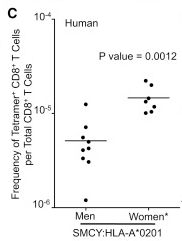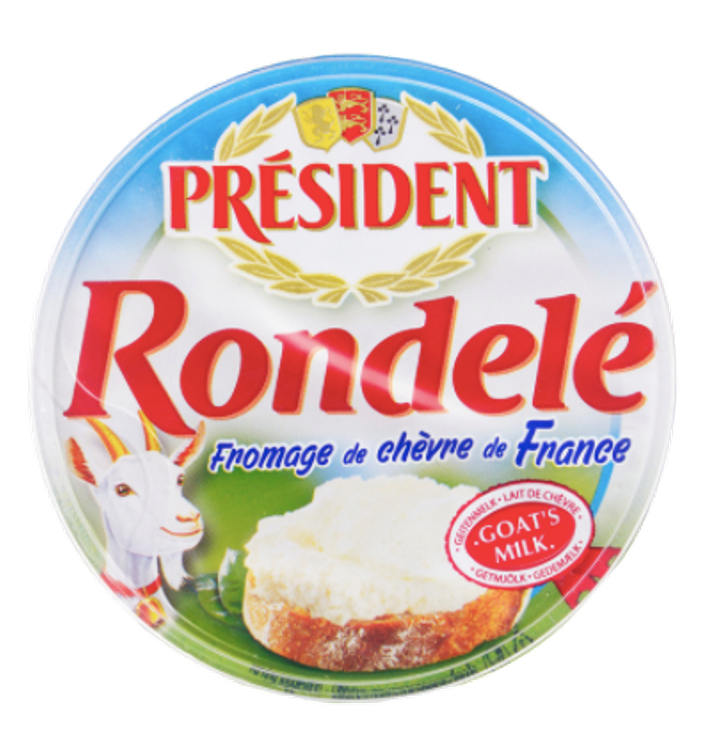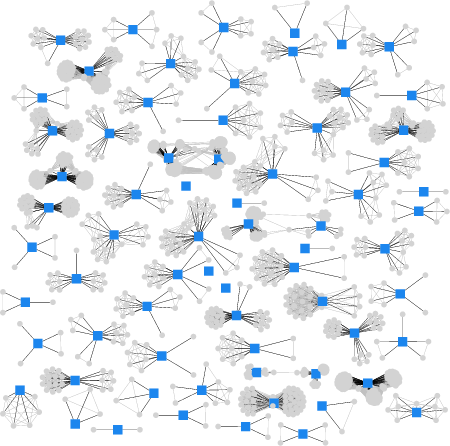IMMREP Dresden, July 23rd, 2022
What if T cells could learn French?
New answers to an old question in immunology
Inge Wortel
Computational Immunology group,
Radboud University Nijmegen, NL
inge.wortel@ru.nl![]()
@inge_wortel![]()
Should you take this bet?
- You get: 1 hour with my (French*) dictionary
- Test time: I show you words, you tell me if they are French (Y/N)
- You win: €10 per correct guess (but: you pay me €10 for every wrong one)
T-cell diversity & tolerance: a problem of numbers
The immune system's T-cell repertoire must discriminate "self" vs "foreign":
- recognize >1015 foreign peptides ... 1
- ... while tolerating the many "self peptides" of healthy human cells


1 Sewell (2012). Nature Reviews Immunology.
Solution
Two-step process:
- Make a repertoire with many cells
- Filter out self-reactive cells: negative selection
Solution?
TwoThree-step process:
- Make a repertoire with many cells
- Filter out self-reactive cells: negative selection ("central" tolerance)
- Plug the leaks (peripheral tolerance)
Solution?
- T cells in the thymus have a few days to screen for half a million self-peptides...
- ... which roughly corresponds to 5 dictionaries!
- They can never see the entire "self dictionary"; negative selection is incomplete.

Solution?
Negative selection is not just "leaky", but very incomplete


So if it can never accomplish tolerance, why do negative selection at all?
Yu et al (2015), Immunity
Tolerance ≠ discrimination.
Tolerance ≠ discrimination.
Which of these scenarios holds?
Given that negative selection is incomplete, can T cells distinguish
between self and foreign peptides they haven't seen
in the thymus?
Mission impossible?
Which word is French, and which is not?
- indoda
- fièvre
Goat cheese: learning by example

fièvre sounds/looks like chèvre

If we can learn which words look like French, can T cells in the thymus learn which peptides look like "self"?
Which of these scenarios holds?
Can T cells distinguish between self and foreign peptides they
haven't seen
in the thymus?
Which of these scenarios holds?
Is T-cell negative selection a learning algorithm?
- in principle?
- in our immune system?
Approach: Artificial Immune Systems (AISs)
AISs are machine learning algorithms inspired by the immune system (like NNs are inspired by the brain).
They can be used as general classification algorithms, but also as models of immunology.
- bio $\rightarrow$ ML
- ML $\rightarrow$ bio
- bio $\rightarrow$ ML $\rightarrow$ bio
Is T-cell negative selection a learning algorithm:
- in principle? $\rightarrow$ language classification (interpretable problem)
- in our immune system? $\rightarrow$ self and foreign peptides
A simple model of TCR-sequence recognition
Three ingredients needed:
| 1 | Sequence | |
| 2 | TCR | |
| 3 | Affinity |
A simple model of TCR-sequence recognition
Three ingredients needed:
| 1 | Sequence | 6-letter strings of text in a certain language |
| 2 | TCR | |
| 3 | Affinity |
A simple model of TCR-sequence recognition
Three ingredients needed:
| 1 | Sequence | 6-letter strings of text in a certain language |
| 2 | TCR | binding motif |
| 3 | Affinity |
A simple model of TCR-sequence recognition
Three ingredients needed:
| 1 | Sequence | 6-letter strings of text in a certain language |
| 2 | TCR | binding motif |
| 3 | Affinity | Longest stretch of adjacent "matches" $\rightarrow$ binding if affinity $\geq$ threshold t |
Simulating negative selection in silico
Example: Xhosa recognition after negative selection on English
Negative selection allows discrimination
Negative selection on 500 English strings (t = 3),
Compare recognition of unseen English and Xhosa strings
| Motifs per string, before vs after: | Most frequently recognized: |
$\rightarrow$ Motifs distinguish strings they have not seen!
Why discrimination on unseen strings?
Motifs rarely react to both English and Xhosa:
Nodes:
- English
- Xhosa
Edge if >10,000 motifs in common
Concordance (same-language neighbors): 81%
Why discrimination on unseen strings?
This only works if strings are truly different:
Nodes:
- English
- More English
Edge if >10,000 motifs in common
Concordance (same-language neighbors): 50%
Two key requirements for discrimination
- Appropriate specificity/cross-reactivity
- Sufficient self-foreign dissimilarity
Two key requirements for discrimination
- Appropriate specificity/cross-reactivity
- Sufficient self-foreign dissimilarity
| Complete specificity (t = 6) | Low specificity (t = 1) | Intermediate specificity (t = 3) |
Two key requirements for discrimination
- Appropriate specificity/cross-reactivity
- Sufficient self-foreign dissimilarity
Summary: what have we learned from languages?
Proof of concept:
Yes, negative selection is a learning algorithm.
- Self-foreign discrimination even on "unseen" sequences
- Even when tolerance is incomplete
But this works only if:
- self and foreign are sufficiently dissimilar
- cross-reactivity is intermediate
Back to self versus foreign peptides
Back to self versus foreign peptides
Use the same model for peptides instead of strings:
TCRs are moderately cross-reactive
Model at t = 4 matches order of magnitude of experimental estimates
| Model (t = 4) | Literature | |
| Cross-reactivity: | 1 : 55,000 peptides | 1 : 30,000 peptides 1 |
| Typical peptide recognition: | 0 - 20 TCRs / million | 0 - 100 TCRs / million 2-4 |
1 Ishizuka et al (2009). J Immunol.
2 Legoux et al (2010). J Immunol.
3 Blattman et al (2002). J Exp Med.
4 Alanio et al (2010). Blood.
"self" and "foreign" peptides are similar
"self" and "foreign" peptides are similar

HIV peptides are embedded in
clusters of self peptides.
Xhosa/English: separate clusters.
$\rightarrow$ self-foreign discrimination will be difficult!
Self-foreign discrimination is difficult
... but remains possible:
What if thymic self peptides are non-random?
- random self peptides are often similar and will delete the same TCRs
$\rightarrow$ this is inefficient - some peptides are exchangeable, others are not
$\rightarrow$ a training set with more non-exchangeable peptides might do better:
Removal of self-reactivity $\neq$ self-foreign discrimination! Does this work?
"Optimal" training peptides help T cells learn
How could the thymus be "optimal"?
Computed "optimal" set is enriched in rare AAs, depleted of common AAs.
Peptides with rare AAs tend to be less exchangeable:
$\rightarrow$ Could enrichment of rare AAs help self-foreign discrimination?
How could the thymus be "optimal"?
Choose "training" self peptides with a bias for peptides with rare AAs:
Simple bias already improves self-foreign discrimination.
The same is true for other pathogens
- Poor self-foreign discrimination after selection on random peptides
- Improved self-foreign discrimination after selection on biased peptides
Lessons learned:
self-foreign discrimination in the immune system

1. Tolerance ≠ self-foreign discrimination.
And may require different peripheral tolerance mechanisms.
2. T-cell negative selection is a learning algorithm.
In principle, T cells can "learn self by example" in the thymus.
3. Biological T cells may be learning the wrong thing.
The "language" of proteins depends more on function than organism.
4. A "smart" thymus may help T cells learn.
Do such biases in antigen presentation pathways truly exist?
Read more

Paper:
IMN Wortel, C Keşmir, RJ de Boer, JN Mandl, J Textor (2020). Is T-cell negative
selection a learning algorithm? Cells 9(3), 690; doi:10.3390/cells9030690
Blog post:
What if T cells could learn French? The Startup on Medium;
https://medium.com/swlh/what-if-t-cells-could-learn-french-8301f852254f?sk=c0dd70ee935cedefb8d35c670392d268
Acknowledgements
 |
Johannes Textor Radboud University, the Netherlands |
|
 |
Can Keşmir Utrecht University, the Netherlands |
|
 |
Rob de Boer Utrecht University, the Netherlands |
|
 |
Judith Mandl McGill University, Montréal, Canada |
Why better self-foreign discrimination?
Self peptides with low exchangeability less often resemble foreign peptides:
$\rightarrow$ non-exchangeable peptides efficiently remove self-reactive TCRs, but preserve foreign-reactive ones!



